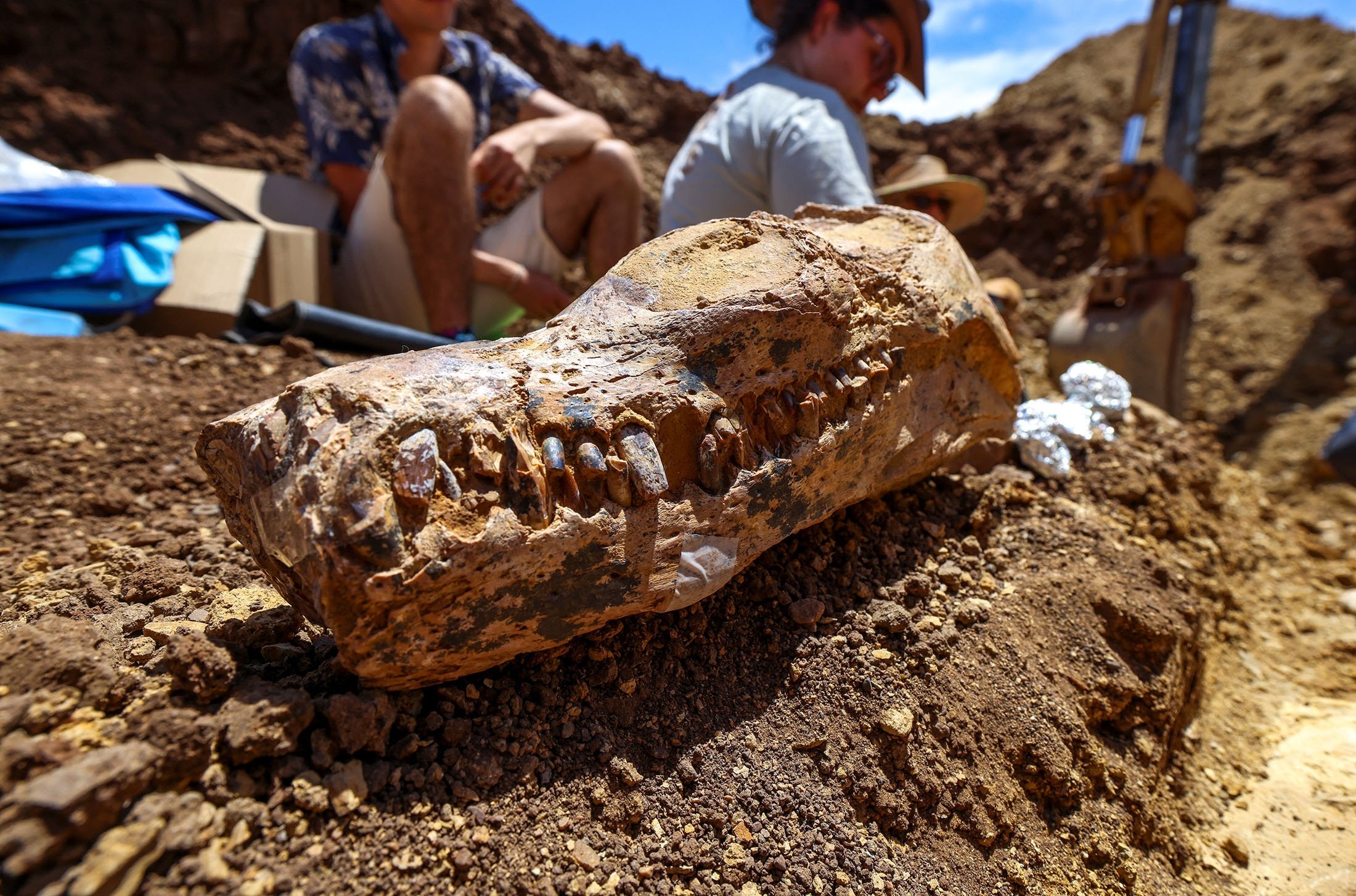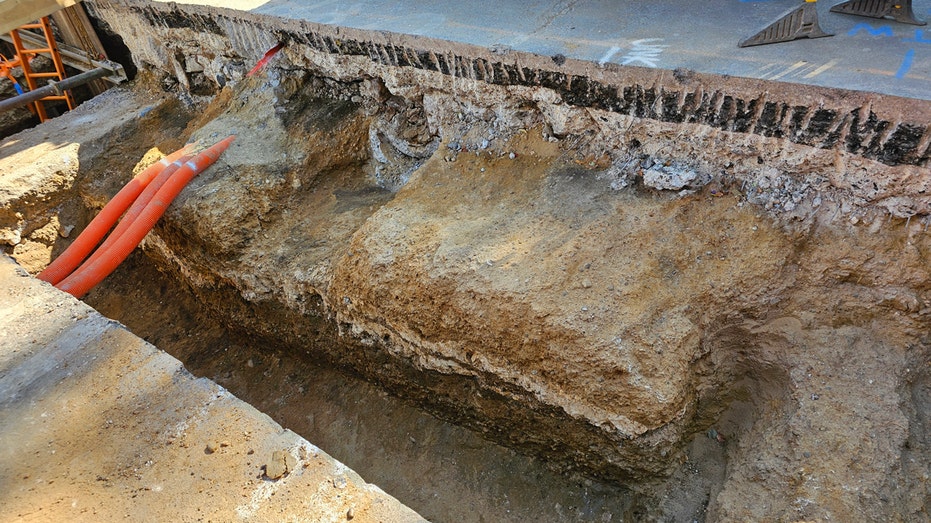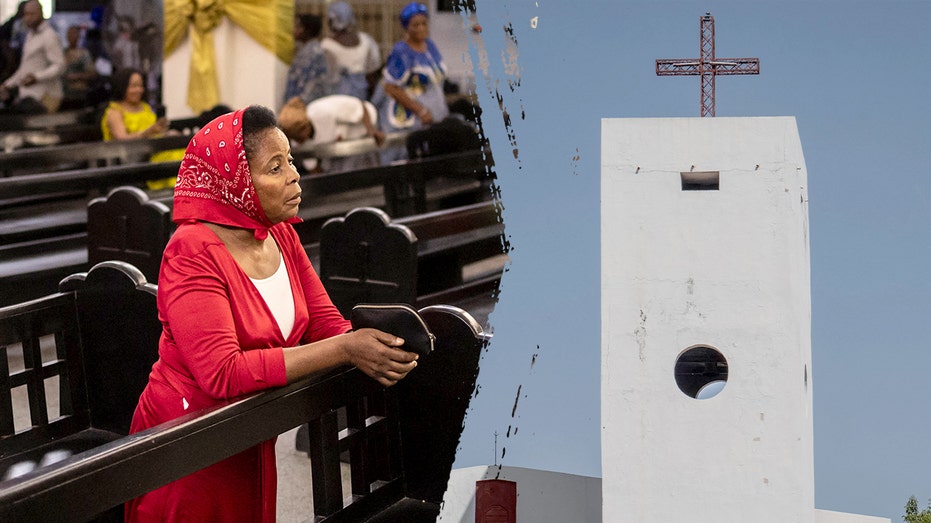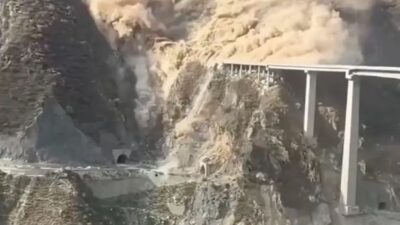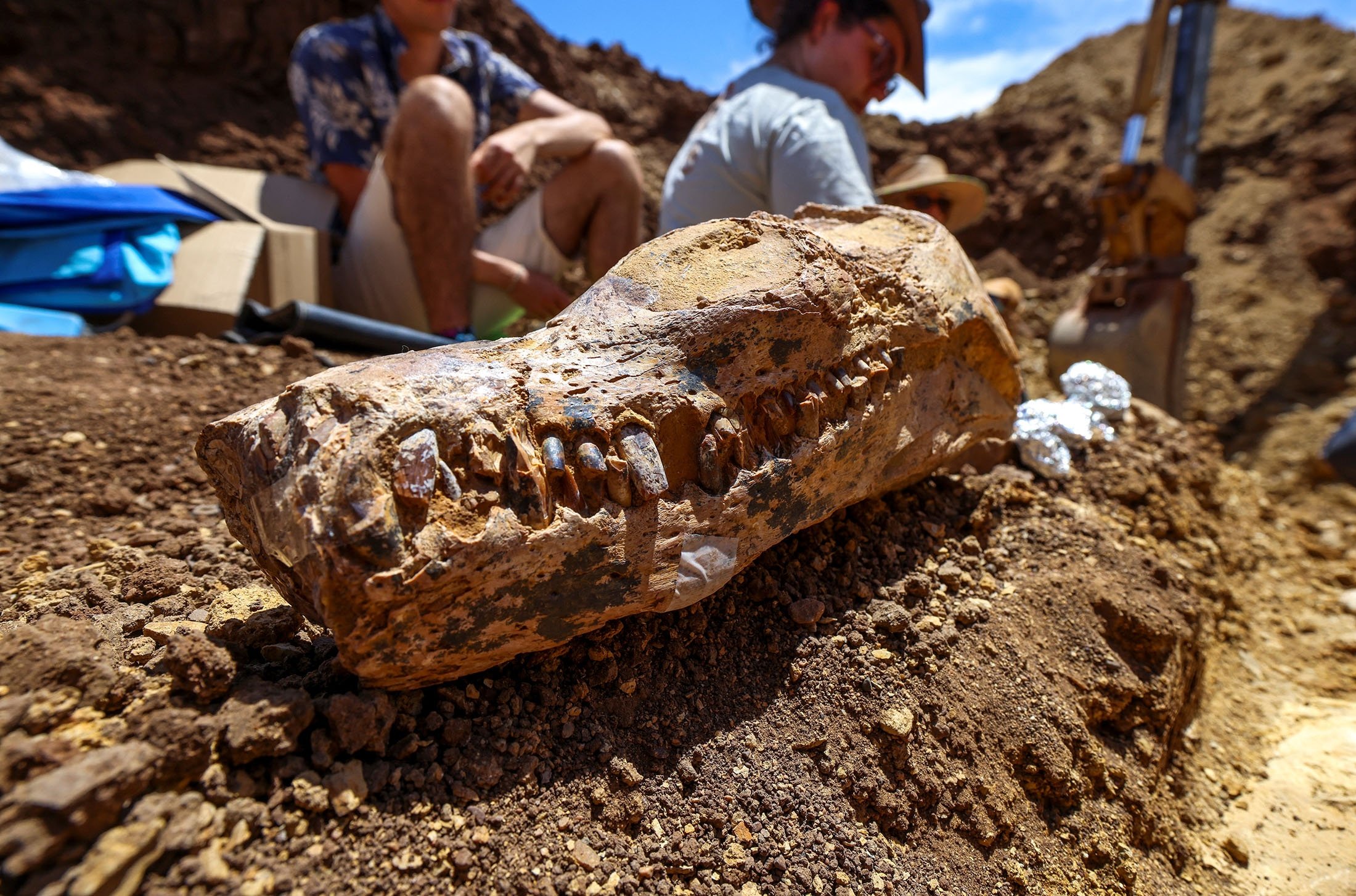
Ancient Roman Road Discovered During London Excavations
In a remarkable archaeological find, excavations along Old Kent Road in London have unearthed a well-preserved section of an ancient Roman road, believed to be part of the historic Watling Street. This discovery happened during efforts to expand low-carbon heating to thousands of homes in the area. According to a press release from the London Borough of Southwark, this newly uncovered route adds substantial knowledge to the history of Roman Britain.
Revealing the Past
For years, the exact trajectory of Watling Street in this region has remained elusive. Archaeologists had relied on historical accounts and conventional layouts of Roman roads to theorize its path, but the lack of physical evidence made it difficult to confirm these suspicions. The recent excavations have confirmed the existence of a significant section of the road, marking a pivotal moment in understanding the ancient thoroughfare’s placement and structure.
The Discovery Process
The excavation project, led by archaeologists from the Museum of London Archaeology (MOLA) on behalf of Veolia and archaeological consultants RPS, A Tetra Tech Company, revealed sections of the nearly 2,000-year-old road located beneath today’s Old Kent Road. Gillian King, Director of Archaeology at RPS, expressed the profound impact of the discovery, stating, “The discovery of an intact section of Roman Watling Street directly under the current Old Kent Road has redrawn the Roman road map for Southwark and informs on Roman construction techniques generally. It is a key finding for archaeological research for London.”
Features of the Ancient Road
The preserved segment of the Roman road is approximately 5.8 meters (19 feet) wide and 1.4 meters (5 feet) thick. It showcases an intricate layering system that speaks volumes of Roman engineering prowess. The road features a robust gravel foundation that has been carefully sealed with two layers of chalk, topped with compacted sand and gravel. This impressive construction reflects the Romans’ dedication to creating durable and lasting infrastructure.
Astonishing Preservation
Despite the vast amount of urban development that has occurred over the centuries—including sewers, power cables, tramlines, and the construction of modern roads—Dave Taylor, MOLA Project Manager, expressed his astonishment at the state of preservation of this ancient route. “It’s amazing this section of road has survived for almost 2,000 years. There has been so much activity here over the past few hundred years, so we’re really excited to find such a substantial chunk of Roman material remaining,” said Taylor.
Commemorating Heritage
In recognition of this extraordinary find, a plaque will soon be installed near the Old Kent Road Bridge to mark the historic location of the ancient Roman route. This initiative will not only commemorate the discovery but will also educate the public about the historical significance of Watling Street.
Implications for Historical Research
The discovery of the Roman road provides a rare window into life in Roman Britain, offering critical insights into the construction techniques and societal organization of the time. As archaeologists continue to study and analyze the materials and construction methods used in the building of this roadway, they are also shedding light on the broader context of transportation and communication in Roman times.
A Bridge Between Eras
The uncovering of such a significant piece of history not only enriches our understanding of London’s past but also underscores the importance of archaeological research amidst urban development. As cities continue to expand and evolve, preserving remnants of history becomes crucial in maintaining our connection to the past.
Conclusion
The discovery of the Roman road along Old Kent Road is a testament to the rich history that lies beneath our feet, often unnoticed in the hustle and bustle of modern life. It illustrates the remarkable engineering capabilities of the Romans and enhances our understanding of their influence on the landscape of contemporary London. As we continue to uncover pieces of our past, we gain a greater appreciation for the intricate history that has shaped our cities.

